If you’re a surf guy, flipping the calendar to March kind of feels like walking into a surprise party and only one person jumps out. This is the month when spring officially begins, daylight savings resumes, in like a lion out like a lamb… all that stuff. But, typically, you look out the window and it’s cold, windy, it might be snowing… all that pent up elation goes flaccid and you sink into the couch to snuggle back in with your seasonal depression. This used to be me too, just sit there and listen to the wind, and let the darkness creep back in until warmer days chased it away for good.
Rediscovery
But then I rediscovered freshwater fishing and instantly remembered how much fun it actually is. Sometimes we can lose our way as surfcasters, we’re definitely one-track-mind people. The ocean is big and loud, the fish we’re chasing are huge and powerful, this makes it a lot more difficult to get excited about tip-toeing through a library-quiet pond casting to fish that aren’t even as big as the GRS Pikie you bought over the winter. While the fish definitely aren’t as big, they are no less challenging and hooking trophy class largemouth bass is no easy task. Each body of water is its own ecosystem, with a set population of fish that become more and more accustomed to fishing pressure, which means your presentation has to be on point if you’re trying to catch a good one. This is one of the things about freshwater fishing that’s a lot tougher than fishing the surf. When we’re fishing the surf, we’re targeting migratory fish and we’re seeing pushes of new fish all the time, fishing pressure barely plays a role in striped bass fishing.
The best news for the surfcaster looking to extend his season into March is that the next seven weeks represent some of the best opportunities for northeast bass fishermen to target a giant largemouth from the bank. When the ice recedes and the waters begin to slowly warm, these bass begin feeding heavily in preparation for the spawn, which typically takes place sometime around the second half of April. Egg production requires a ton of calories, so they have to eat a lot which makes for excellent fishing.

Suspended Animation
If you’re just looking to shake out the cobwebs and catch some fish, then you should be fishing with suspending jerkbaits. These little plastic swimmers have a unique feature in that they have been precisely weighted to the point of neutral buoyancy. This means that you can pause the bait and it will hang wherever you stopped it, indefinitely. When the water is cold, the bass are more lethargic and baitfish often have a hard time dealing with the cold too. The juxtaposition of hard jerking and perfect stillness provides flash and vibration to attract hungry bass and the pause gives them an opportunity to attack. The colder the water the longer the pause… I highly recommend employing a counting method to keep yourself from unconsciously speeding up. Right after ice-out, it’s not uncommon to find that a 10 second pause is needed to get bit, I have paused as long as 30 seconds at times, but it can be tough to stick with it at that length. But as the water warms into the upper 40s you can cut that pause in half and then when you cross into the 50’s 3 to 5 seconds is pretty standard. Any suspending jerkbait will do but we really like the Vision Oneten baits from MegaBass, these are heralded as the crème de la crème of jerkbaits and were designed by Yuki Ito, who is often thought of as one of the best lure designers on the planet. When you tie one of these baits on, it is apparent right away that they are different. Their weight transfer system contributes to long, accurate casts and, when the lure lands, the weights roll forward to accentuate their swim and position the bait properly on the pause. Make sure to check out the Junior Oneten and the Vision 110 +1 (which can swim as much as three feet deeper) as well.

I have heard others say that the Vision 110 has the action that all other jerkbaits strive to replicate. You’ll hear most anglers suggesting, what it described as, a ‘jerk-jerk-pause’ retrieve, but there is so much more to say on this subject. The jerks are what draws the fish to the bait through sound, vibration and, perhaps most of all, flash. Dying baitfish freak out as their minds catch up to their bodies and realize that they are living out their final moments. They will swim frantically and wildly, but are quick to exhaust and will then rest where they will either suspend motionless or begin to slowly sink. This is something the bass are used to seeing and they are more than happy to put these dying baits out of their misery. The jerks should be hard jerks, full-on snaps of the rod tip, the line should sharply hiss out of the water on each jerk—and then you wait—and as I wrote above, the colder the water, the longer the pause.
Paddletails

As surf fishermen, we are more than a little familiar with the wide world of paddletail baits—from Cocahoes to Housy Minnows to Heavy Duty Tsunami Swim Shads, their effectiveness has been well documented. In freshwater, these baits are every bit as effective—in fact they were borne in freshwater. There are two excellent paddletail baits that you should try (and don’t be afraid to throw them from stripers either!). The first one is the Keitech FAT Swing Impact Swimbait. These little ribbed paddletails have a killer swim and come in sizes from 2.8 to 7.8 inches—something for everybody there. Rig them on a light Owner Beast Hook and you’ll see right away why they are so wildly popular, they have an incredibly natural swim. The other is the MegaBass Magdraft Swimbait, I prefer the ‘freestyle’ version which only comes in the 6-inch size, but it’s unrigged and I like to thread it onto an Owner Flashy Swimmer in size 6/0. This bait accounted for a lot of fun spring bassing for me last season and I can’t wait to put in more time with it this year. Both of these baits can be fished all over the water column and you can dial in your retrieve speed by using swimbait hooks with different weights. Trust me, these things crush.
Going Big

Prespawn is a time for packing on calories for these giant female bass. And at no other time are these fish more likely to take on an outsized meal than the weeks leading up to the spawn. It’s also a time when larger baitfish become more readily available as herring surge into coastal ponds through the streams that connect them to the ocean and stocking trucks dump in hundreds of instinctually numb trout for big bass to feast upon. If you’ve ever thought about dipping your toe into swimbaiting, now just might be the time. The gateway bait has got to be the Huddleston 68 Special. This 6-inch bait features the tail of its larger, 8-inch, cousin and it’s the perfect bait for getting your feet wet. It doesn’t feel so huge that your confidence is dashed and it gives more feedback to angler than most other soft baits of its size, on other words, you can feel it working. The best thing about it is, the hits are bone-crushers, almost every time. Once you get yourself initiated, then you can take a step up to the 8-inch Huddleston and wait for the thump of a true New England giant. Be warned, swimbaiting is typically not a method that draws dozens of strikes in a trip, but the few you get tend to be much nicer fish. Just like the old glass bottles of Heinz Ketchup, the best things come to those who wait.

These baits come in different rates of fall (known as ROF ratings), these numbers represent the number of feet the bait will descend through the water column in 10 seconds. They can be fished in many different ways; you can cast them along reed lines, swim them along known stretches of structure or you can count them down and fish them anywhere in the water column. But as Butch Brown, the godfather of modern swimbaiting, suggested once on a YouTube video I watched, he said, “I throw it out there and then I eat a sandwich.” The point being that he wants to get that bait down to the bottom and then stay close to the bottom throughout the retrieve. This takes some skill, basically you want to get it down and then fish it along the bottom in long, slow hops—reel slowly for a few seconds and then allow it to descend back to the bottom and then pick up the pace of your cranking again. The other key is always being ready. When you’re allowing that bait to drift back to the bottom, you still need to stay in contact with it and you need to be ready to strike back forcefully when the hit comes, whether you’re swimming it up or guiding it back down. So you’ll really never stop turning the handle, you’re controlling the bait by tempering your speed in intervals in an effort to tend bottom. I recommend having the same baits in both ROF 5 and ROF12, I use the fives to prospect visible cover and I use the 12s to fish deep.
These are not the only ways to target a big bass in New England, but they are some of my favorite ways to do it. If you’re the type that turns his nose up at fishing for green bass, I challenge you to take my advice and not enjoy yourself, it’s just not going to happen. Freshwater bass fishing is so much fun and this period of prespawn fishing is the best.




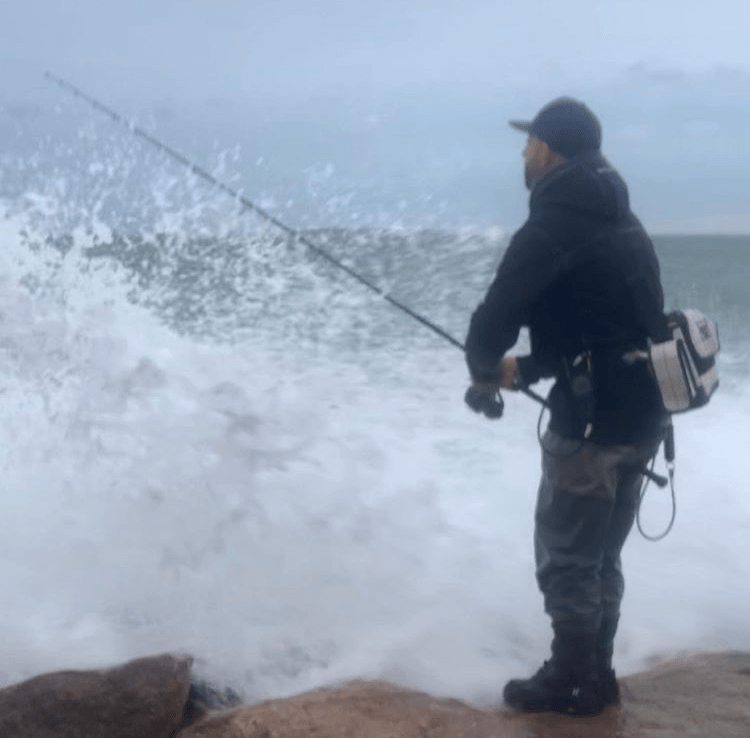

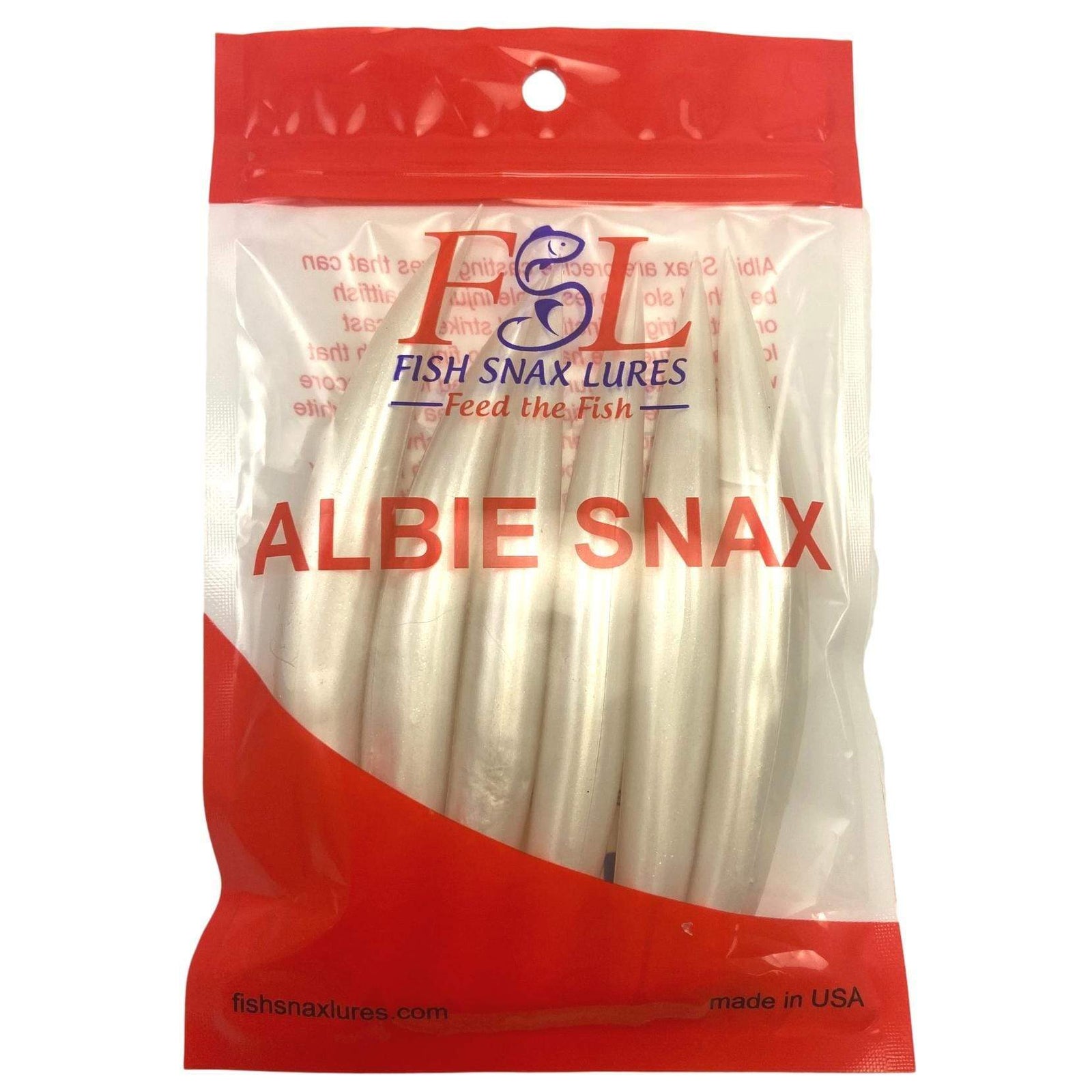

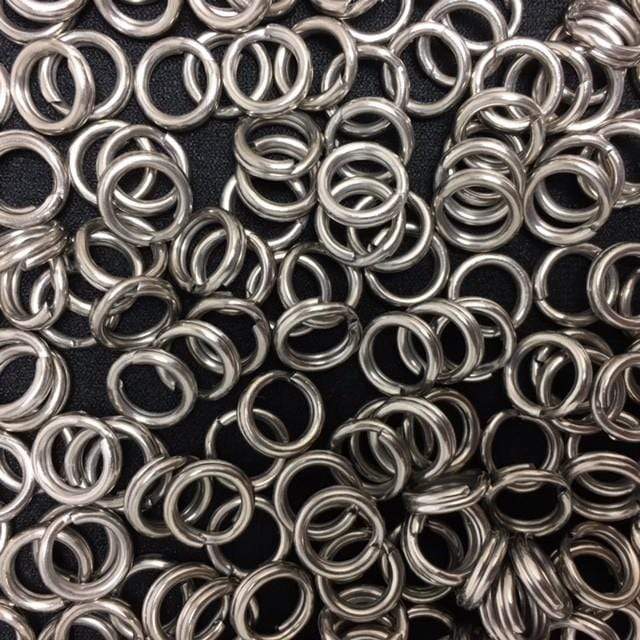
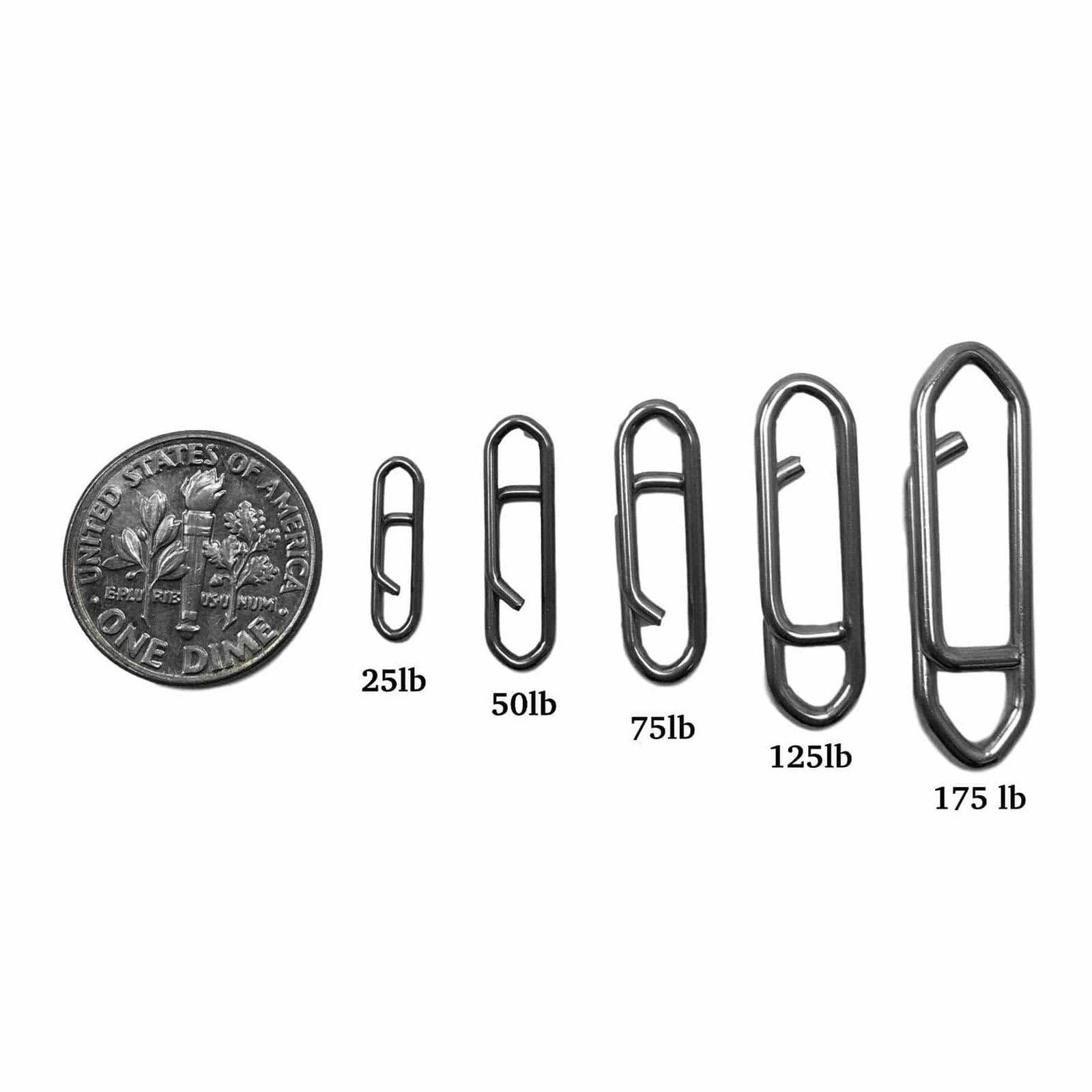

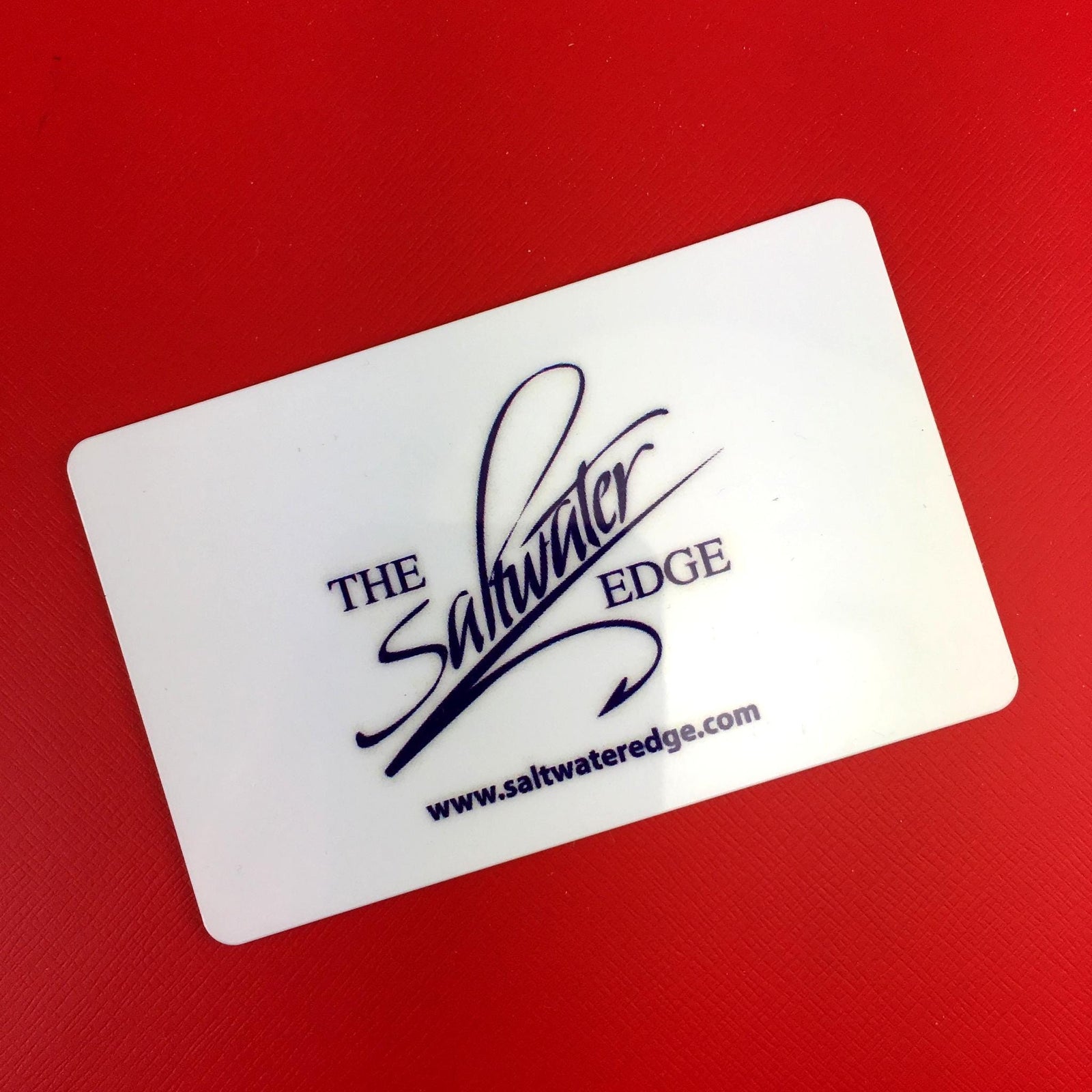


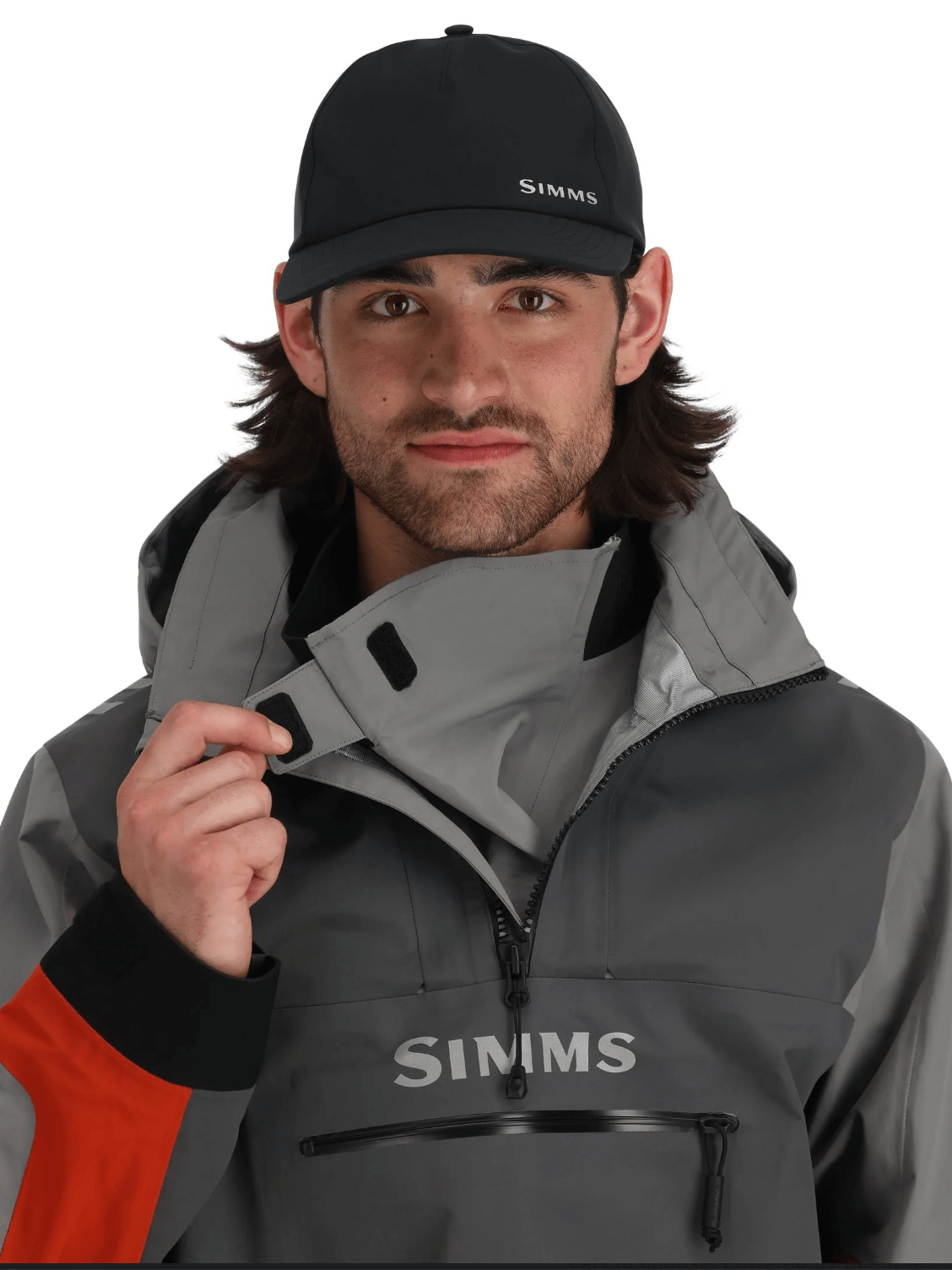

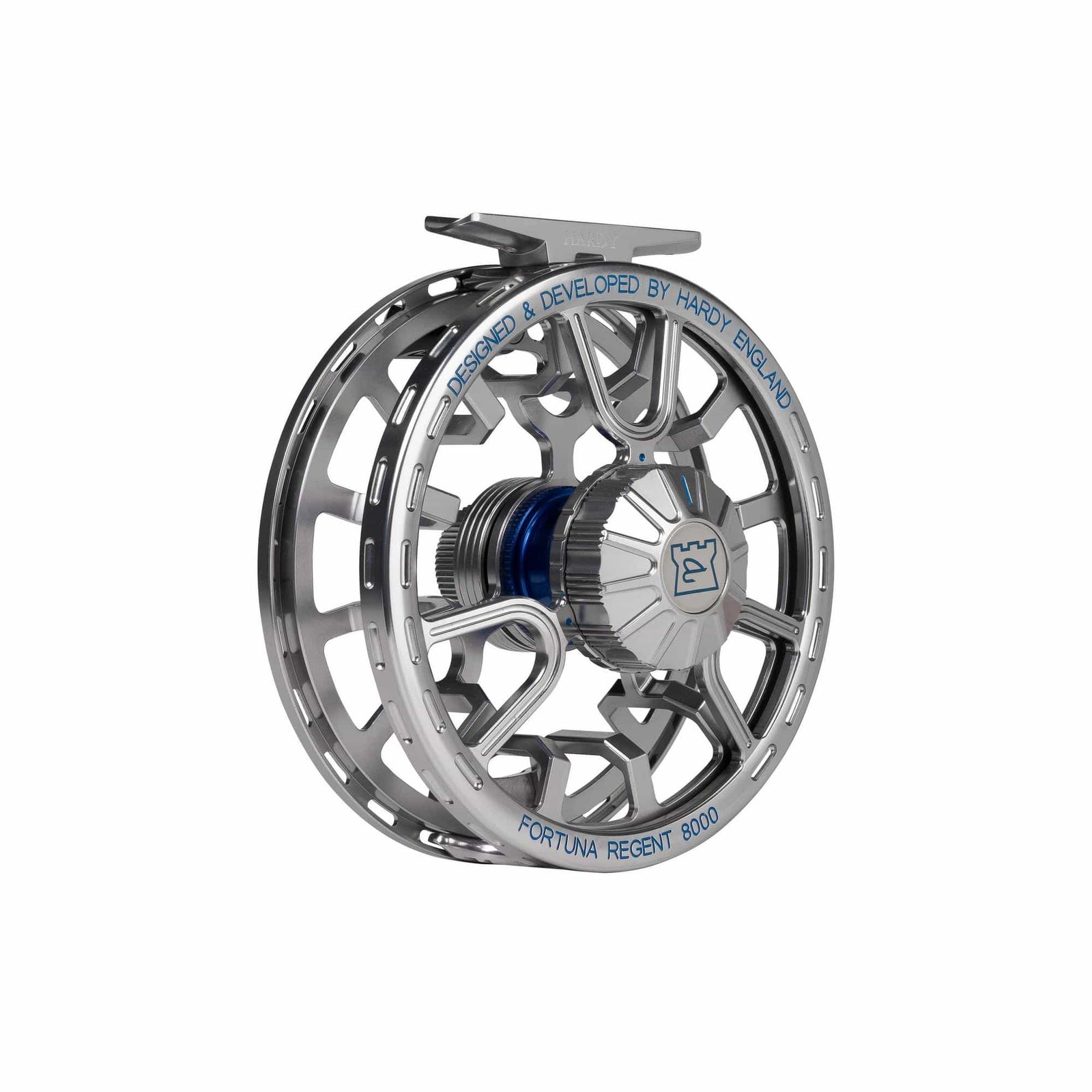
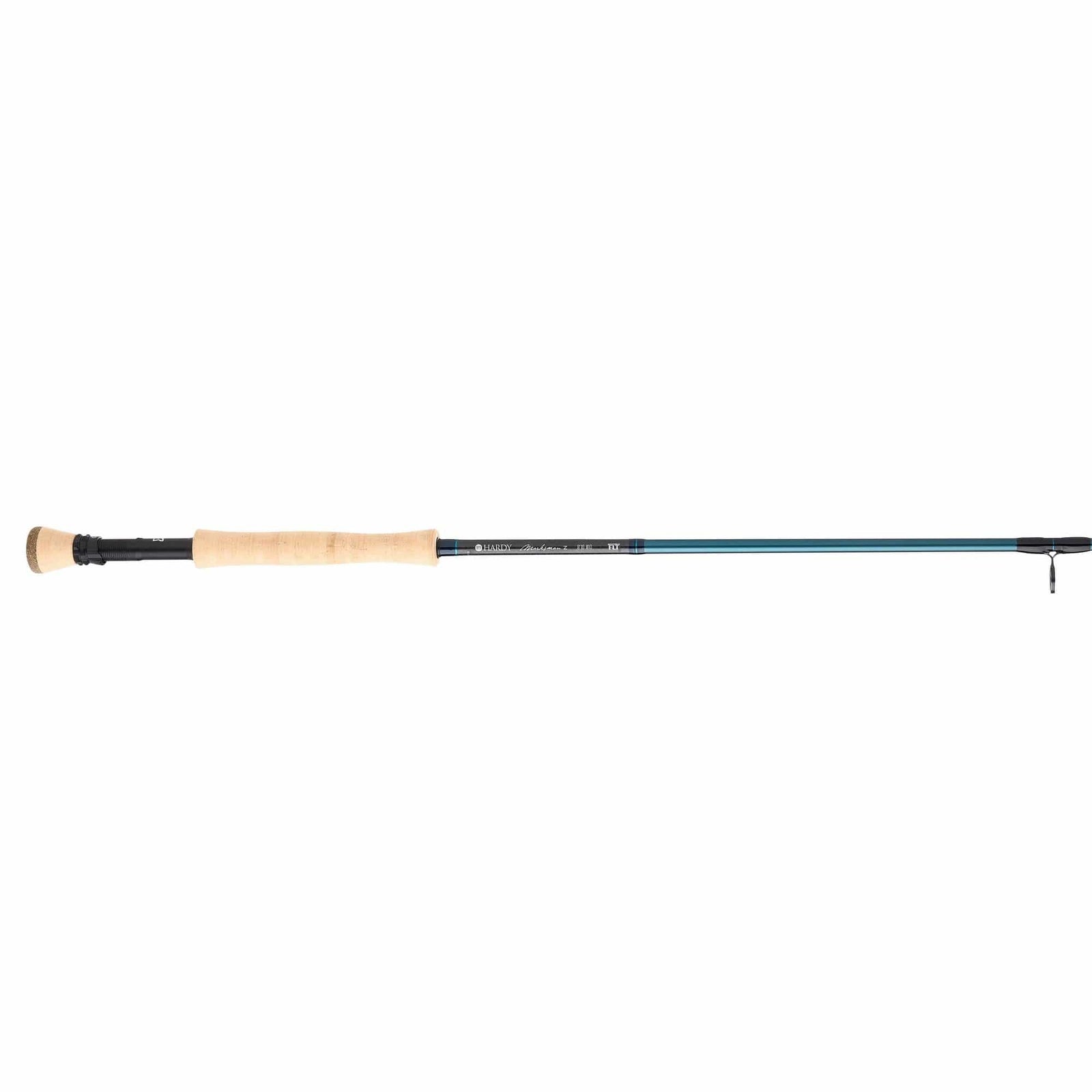

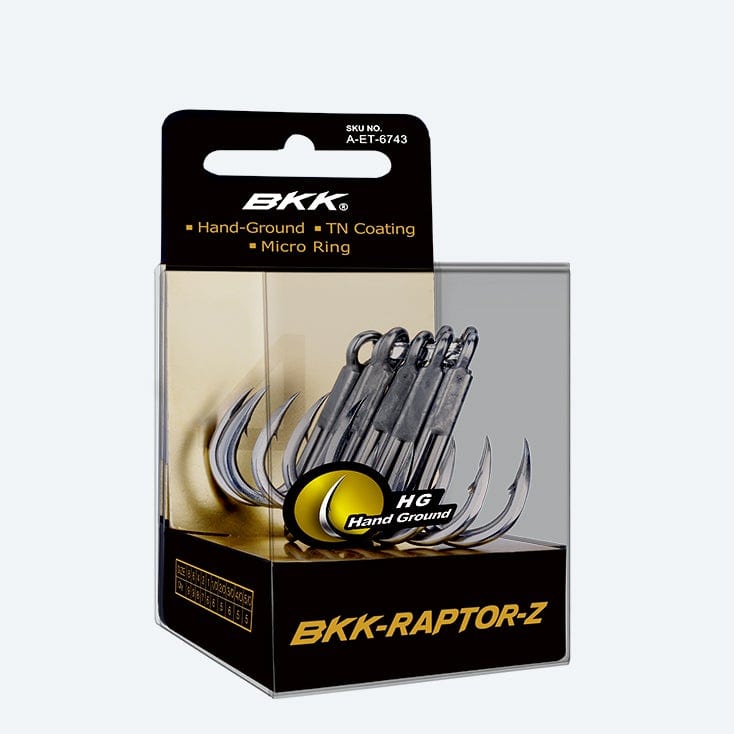
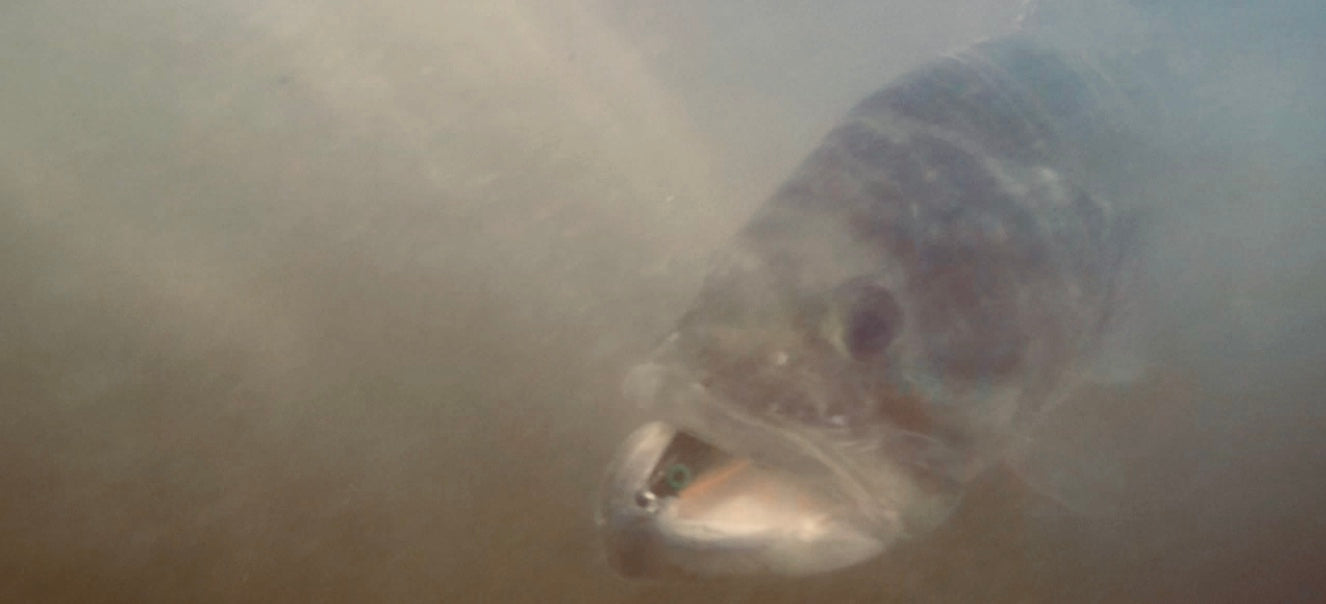
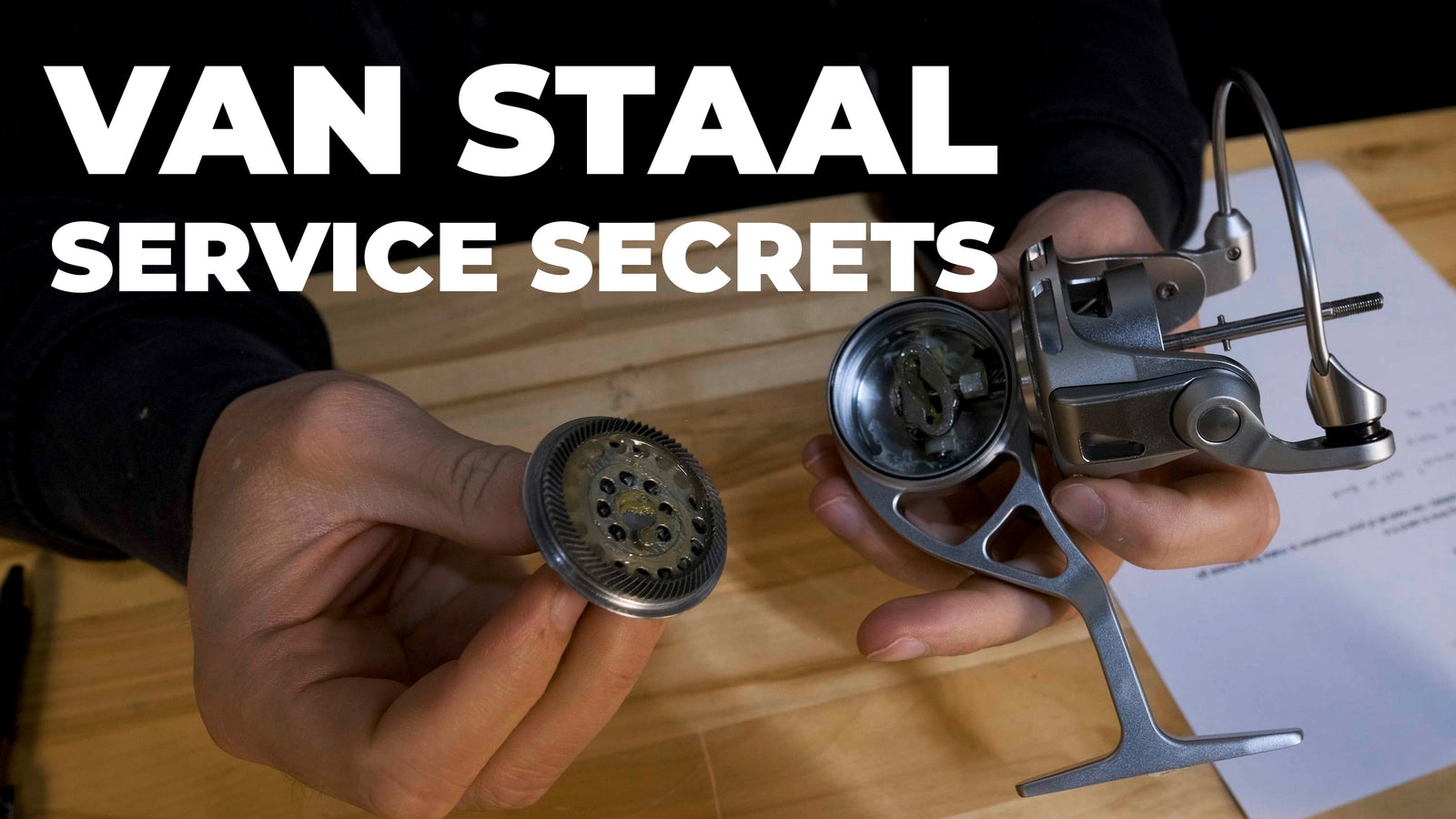


Johnny Meserve
March 15, 2021
Great article- shows how the lures have evolved since I was in a bass club in the late 90’s.